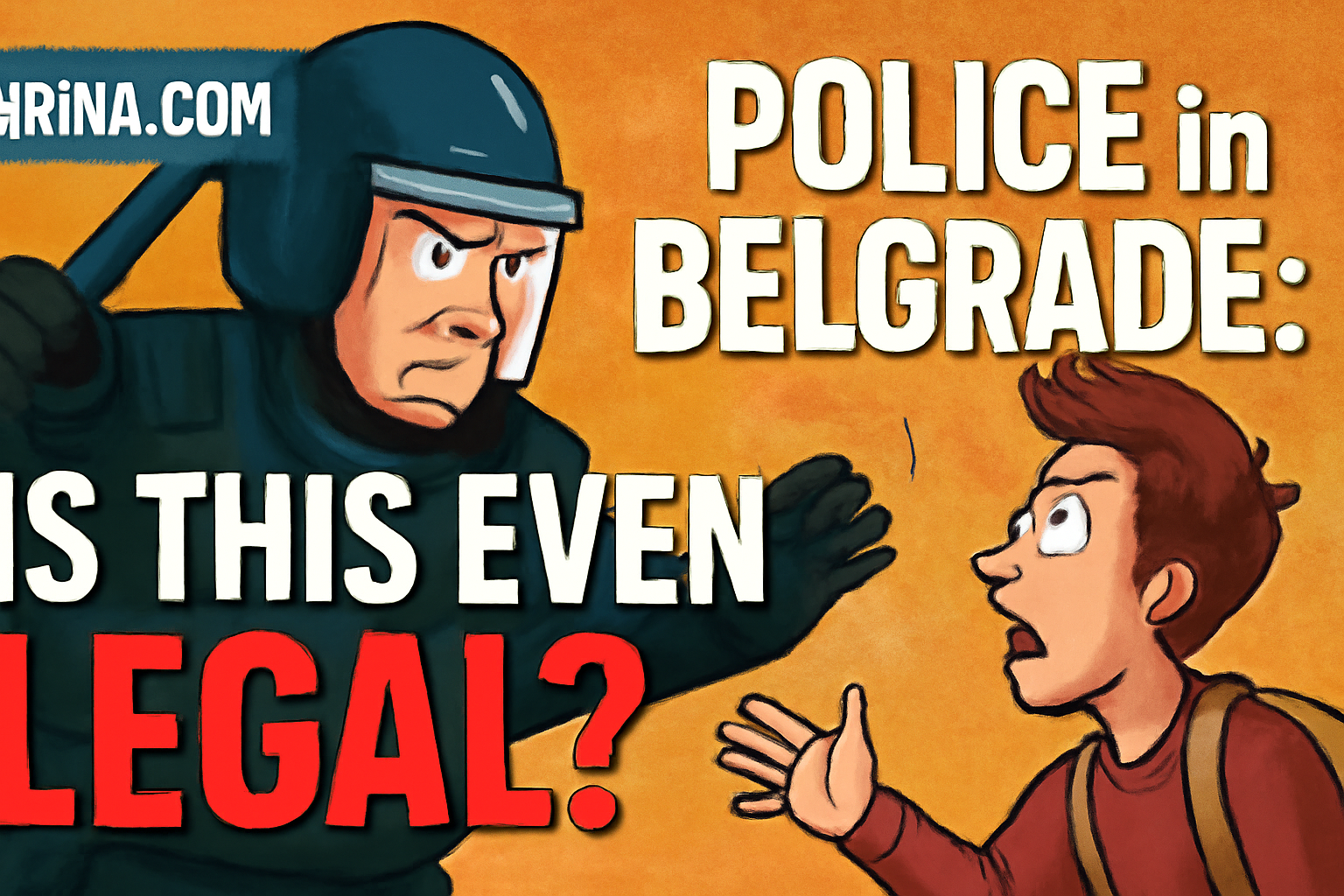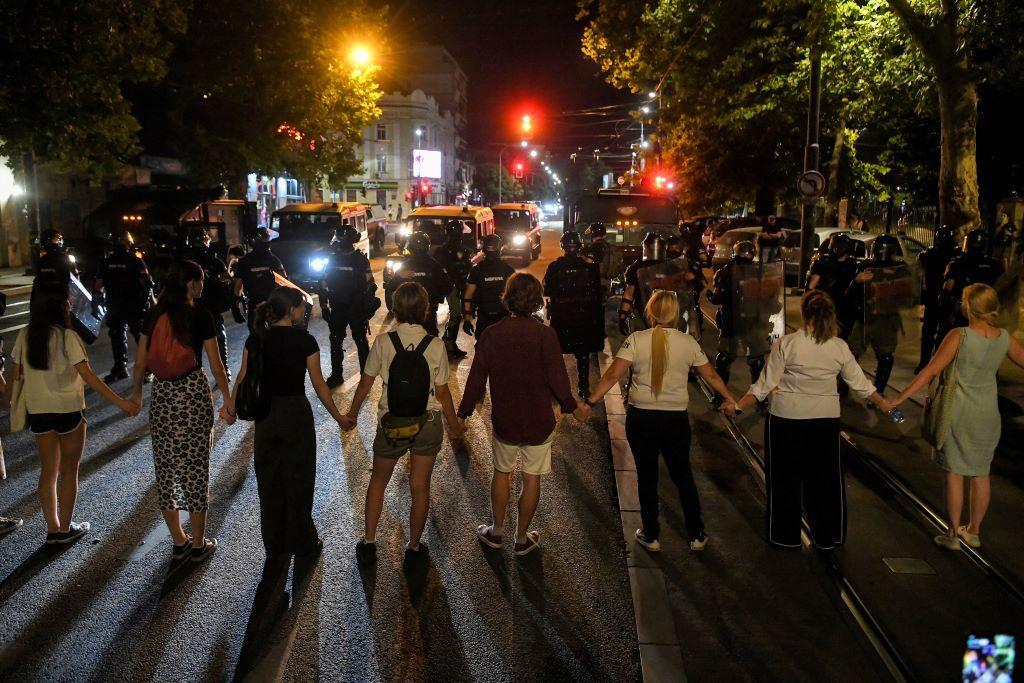Police in Belgrade Under Fire: Brutality or Lawfulness?
Belgrade is aflame with protests, and the police are at the center of controversy over alleged excessive use of force against students and citizens. Dozens have been detained during the protests, with reports of injuries and brutal police conduct pouring in. While authorities claim the police acted within the law, lawyers and students argue otherwise — that the violence was unjustified and brutal.
What exactly happened?
The protests began after a large gathering on June 28, with students daily blocking traffic in front of the Faculty of Law in Belgrade. On Wednesday evening, police intervened and detained 23 people who were placing obstacles on the streets. Witnesses say the police used excessive force — one man suffered a broken collarbone, another had bruised ribs, and there were other serious injuries.
Biljana Stojković, a professor at the Faculty of Biology, described the police arrival as a “raging mass in uniforms and armor” that charged at the students. Students fled towards the faculty entrance but were pulled out and detained by police. Some were handcuffed and thrown on the sidewalk while waiting for police vans. Among those detained were high school students, and one student remains in serious condition awaiting surgery due to injuries sustained during arrest.
Authorities and Police: Defense or Excuse?
Serbian President Aleksandar Vučić claims the police used minimal force and responded to provocations and stone attacks. He emphasized the importance of police presence on the streets to maintain legal order, warning that otherwise “the people would take sticks in their hands.” The Ministry of Internal Affairs did not respond to questions about allegations of excessive force.
Legal Experts and Academia: Clear Condemnation
A group of professors from the Faculty of Law in Belgrade condemned the police actions as violent and brutal, stating that the constitutional autonomy of the university was violated. The Serbian Bar Association assessed that the police led a brutal operation resulting in serious injuries to students, which they consider unacceptable regardless of orders.
The Academic Crisis Center provided assistance more than 20 times to detained protest participants, and the Ombudsman confirmed that some detainees suffered physical violence in police stations.
European Union and International Community: Call for Calm
The European Union delegation in Serbia condemned the violence and called for avoiding escalation of tensions. The EU stressed that the right to peaceful protests, freedom of assembly, and expression must be respected, and police actions must be proportionate and respect fundamental rights.
What Does the Law Say?
The Police Act stipulates that means of coercion must be proportionate to the danger and applied gradually, from the least to the most severe. Police have the right to use force only if there is resistance or an attack on officers. However, according to available footage and testimonies, there was no such resistance in this case, and the police, according to lawyers, wanted to demonstrate their power and intimidate protesters.
Conclusion: Who is to Blame?
While authorities defend the police and their actions, students, lawyers, and international observers warn of serious abuses and human rights violations. This situation raises questions about the limits of police force, citizens’ rights to protest, and the role of the state in protecting democratic freedoms.
If you thought protests were just another boring story, think again! Police in Belgrade are baring their teeth, and students are not backing down. Who’s on the right side? Is this a fight for justice or just another example of repression? Drop a comment, share your thoughts, or just crack a joke — there’s material here for every taste!
Sources:
- RTCG: Police used excessive force, say lawyers
- B92: Serbia a gold standard in respecting political freedoms









